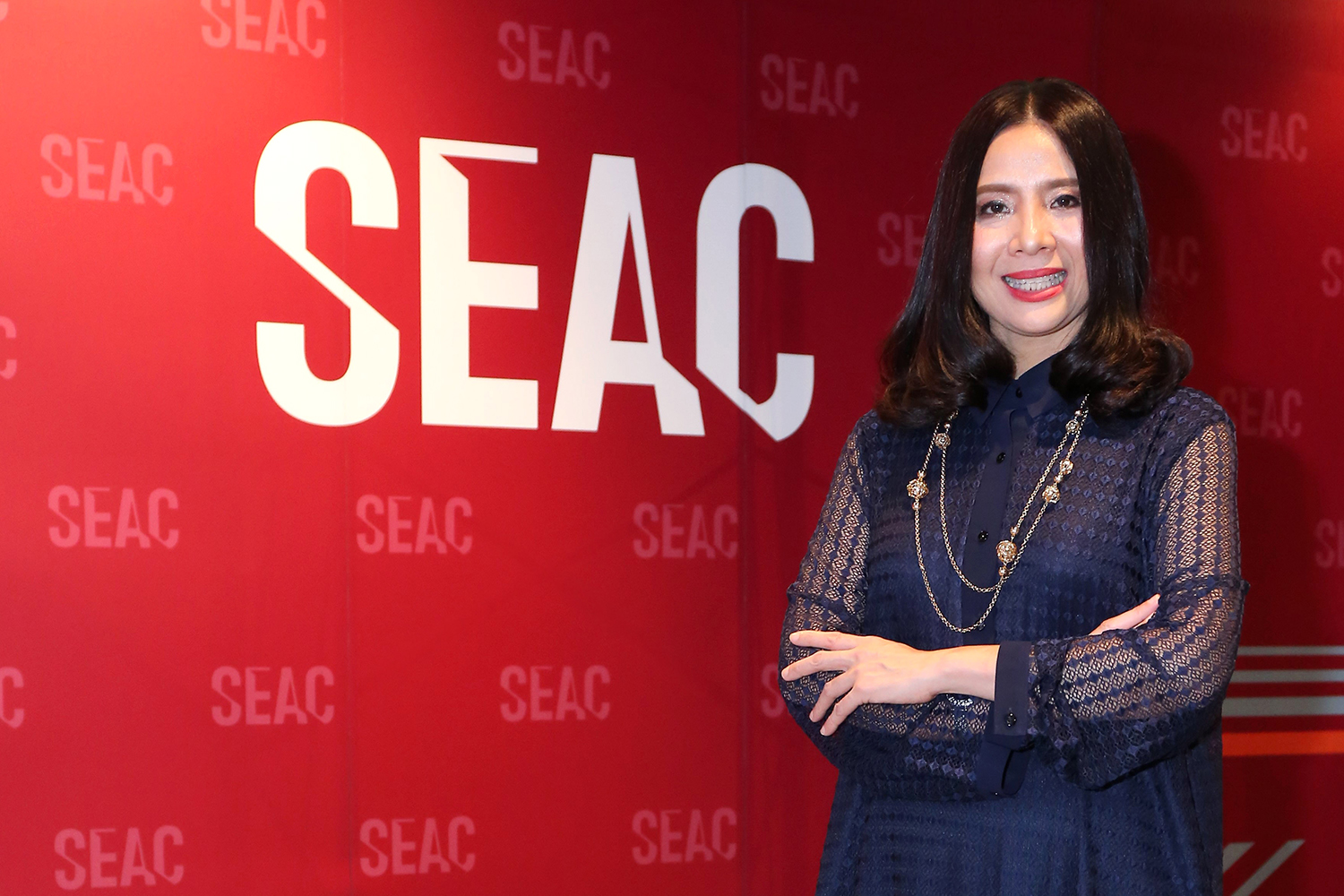
The future is uncertain and we do not know what new crises might await us. Many businesses in Thailand are reopening as the Covid-19 pandemic starts to ease. We cannot know for sure what will happen, but we all know that we will face another major change in our economy.
To face uncertainty, we need the mindsets and the skill sets that help drive success. These will look different for each individual and organisation, depending on their goals, roles, industries and many other factors. To support this drive, organisations invest in training and developing their people with the appropriate mindsets and skill sets. But this training often focuses only on the short-term survival of the business.
In our ever-changing world, businesses and their people need stronger agility and resilience to withstand future disruptions. When Covid-19 cases first started to escalate and people were forced to stay at home, we turned to digital platforms and tools to adjust to remote work and social distancing. Once the pandemic eases off completely, what will our new way of working be like?
We can’t always predict what can happen to us and our businesses, but we can equip ourselves and our people to act quickly to survive and even thrive. This is where agility and resilience come in.
Agility may look different for each individual and we will discuss that at another time. Within an organisation, agility may entail different areas of focus, and instilling it may take a lot more effort.
Here are the main areas an organisation can focus on when building strong agility and resilience to face what may come:
The first focus is to strengthen agility through corporate culture and values. This is the toughest part but the most important step to building agility in the organisation. Without agile values instilled in the organisation and in your people, it will be difficult to work in agile ways when changes come your way.
Establishing a strong organisational culture is important for two reasons. One, it sets the standards for how each individual should work in the organisation. Two, it synchronises the whole organisation as people adopt similar mindsets to function in a unified way to achieve agility.
We are all familiar with startup culture, which values agility to adapt to changing market behaviours and fierce competition. However, applying a complete startup culture may not be successful for some long-established organisations. The idea is for the organisation to identify useful agility tactics that startups are successful at, and adapt them to its own needs.
The second focus is the organisational structure. While culture is an important stepping stone, how the organisation is structured is also important. To facilitate agility and resilience, the organisation may be structured in different ways depending on its goals.
Some organisations create agile teams across the company to tackle agile tasks. While each individual in the organisation must apply agility for the organisation as a while to be agile, these teams lead the organisation forward.
The third focus is leadership. Higher levels of management are still the key decision-makers. Without proper support from management to work toward agility, the whole organisation may succeed in becoming agile but it won’t be sustainable. Every organisation relies on its leaders.
With that being said, each individual can still lead regardless of whether they have a team to manage or not. Even a fresh graduate can lead by applying agile techniques in their own job role. While leadership entails managing a team, it can also mean being able to lead yourself and your colleagues toward desired goals.
The fourth focus is execution. Organisations need to take into account the flexibility of the entire organisation down to each individual. We can no longer work in the same old ways if want the organisation to be agile. Timing is also important – act too fast or too slow and we may lose our focus on insights and opportunities.
The fifth and final focus is practice. The tough part of organisational agility is that it takes time for everyone to get on board. The good news is, it is possible to achieve it if everyone in the organisation practises it.
Mastering first four points will count for nothing if the organisation cannot practise agility with discipline. There are of course some tests and trials in the beginning. The key is to keep practising.
The future of our world is very uncertain. We cannot predict the permanent effects of the pandemic or its aftereffects. In the near future, we may face smaller or larger challenges. The key to survival and success for any organisation is to be able to adapt to those challenges with agility and resilience.
Arinya Talerngsri is Chief Capability Officer and Managing Director at SEAC - Southeast Asia’s Lifelong Learning Center. She can be reached by email at arinya_t@seasiacenter.com or https://www.linkedin.com/in/arinya-talerngsri-53b81aa. Explore and experience our lifelong learning ecosystem today at https://www.yournextu.com
